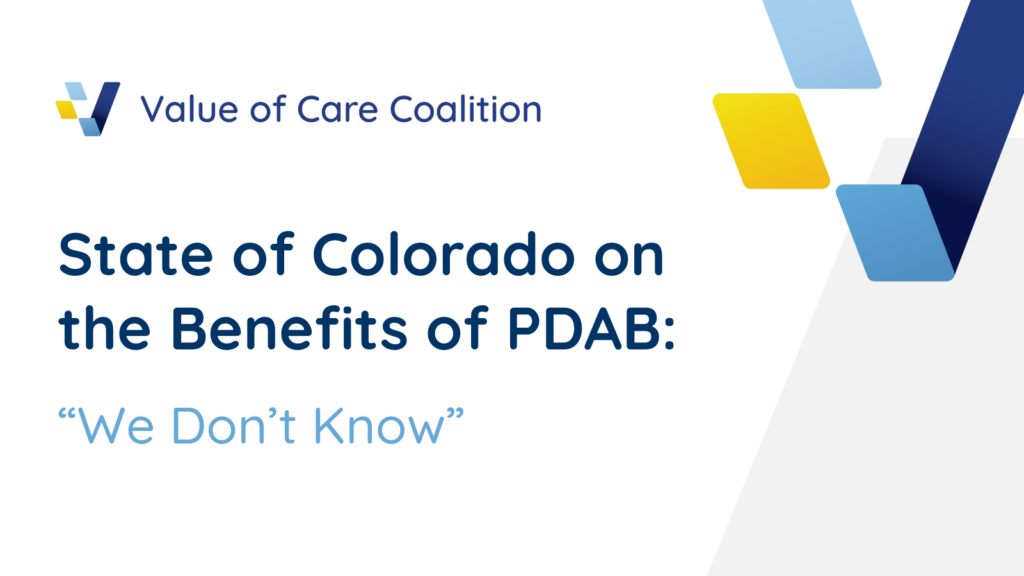A new cost-benefit analysis from Colorado’s Department of Regulatory Agencies reveals a concerning finding: the government doesn’t know, and can’t predict, what the economic benefits of prescription drug affordability board policies might be.

The analysis, required by statute, is meant to detail anticipated economic benefits, including impacts on growth, job creation, and competitiveness. However, when it comes to establishing upper payment limits (UPLs) on prescription drugs, the government’s own response says that benefits are “difficult to quantify at this time” for two key reasons.
-
- The PDAB hasn’t set specific UPL amounts, making it impossible to estimate any economic impact.
- The prescription drug supply chain is a complex web, navigating various state and federal regulations. The report notes that it’s really anyone’s guess how this elaborate system will react to UPLs.
Equally concerning, the analysis repeatedly cites a similar report in Oregon, saying “Oregon’s PDAB has acknowledged it is difficult to estimate potential savings until a specific UPL is established,” indicating other states have also been unable to reliably assess potential benefits.
When states can’t complete a required cost-benefit analysis it raises the question: how can board members move forward with life-changing policy without understanding the potential consequences?
Such significant lack of clarity underscores concerns about the PDAB approach. Rather than making it up as they go and hoping for the best while manipulating topline prices, policymakers should consider a more comprehensive look at health care policy that prioritizes patient outcomes.

